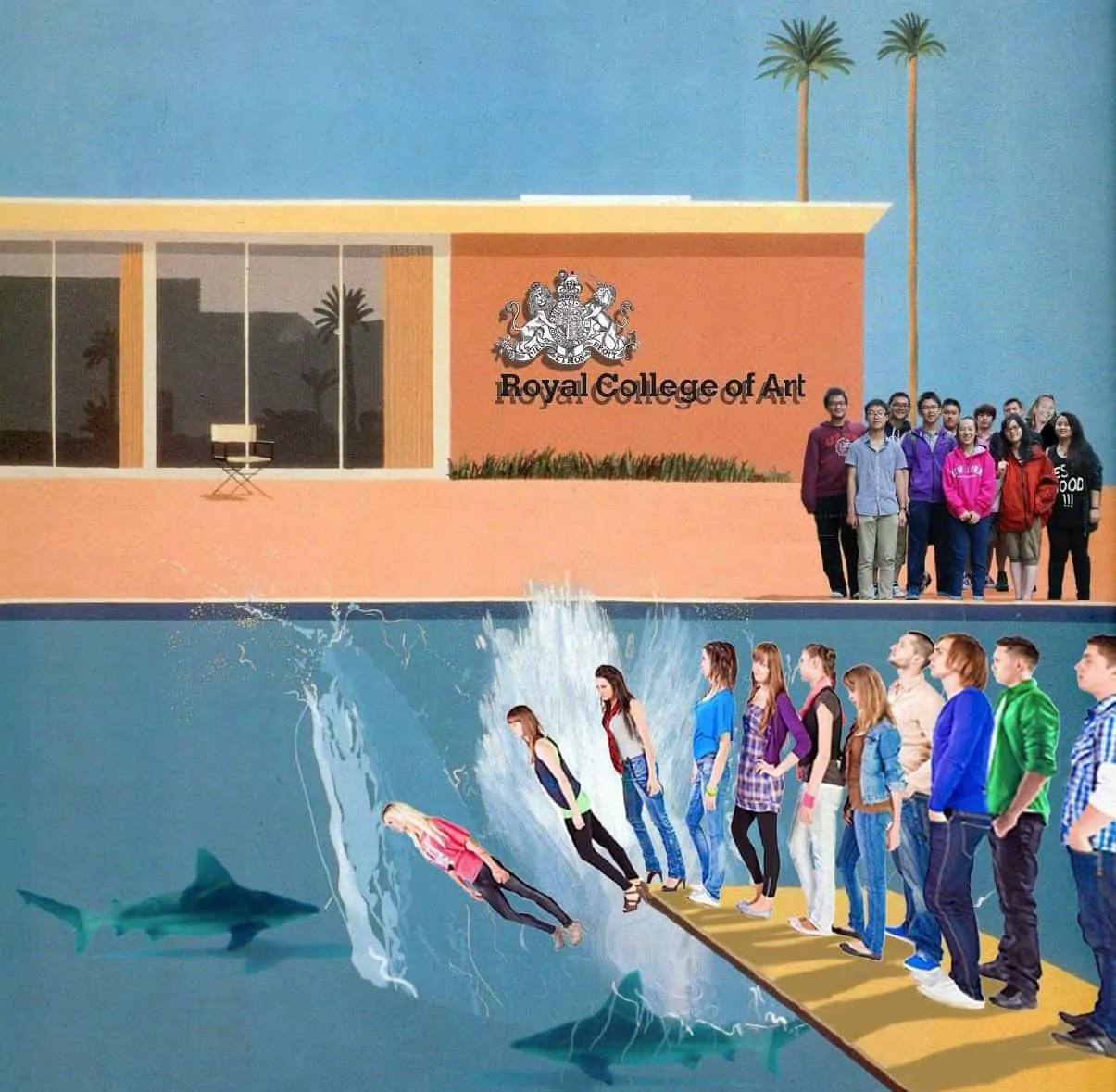About five hundred years ago painters like Leonardo da Vinci and Michelangelo and sculptors like Donatello and Leonardo’s master Verrocchio would take on apprentices to work with them on important commissions from wealthy clients. That way the young people would learn the craft from a master and often become major figures in art or design themselves. The earliest art and design colleges grew out of this system; young people who showed a talent whilst at school had the opportunity to develop their skills under teachers who believed in sharing knowledge and experience.
Believing in the concept of education has always been important. Whilst Germany’s Bauhaus colleges were of great influence in the 1920s and ‘30s, the high point of design education was possibly in the late 1960s and 1970s. Colleges in France had gone through the turmoil of the student protest movement and were reinventing themselves. In America — both in New England and California ‘Pop Art’ — new music and the desire to escape from the horrors of the Vietnam War gave the creative arts a new momentum; art and design were ‘cool’ and new. In Britain, after the grim austerity of the 1950s, there was an explosion of creativity.
Sculptors, painters, illustrators and designers became household names, many of those students came from the Royal College of Art in London. Under the inspired leadership of Sir Robin Darwin there was a complete freedom of expression, a feeling that all the different disciplines were of equal value and an ‘open door’ structure to the College that allowed the students to interact across all the departments.
I am concerned that art and design schools have become businesses where students have become ‘the product’, tutors are ‘production managers’ and the colleges are run by a CEO and a CFO (chief financial officer). Coded door locks, the taking of student attendance in a ‘register’, limited access magnetic security passes and an unspoken hierarchy among students where some schools are considered more valid than others (Vehicle Design at the RCA ranks very low), are making all those stimulating exchanges of idea a thing of the past. As class numbers increase valuable one-to-one tutorials become almost impossible to organize, overcrowded studios and too few tutors mean that many students are working from their apartments thereby missing out on the conversations and interactions that are at the heart of learning.
The setting up of MA, or post-graduate courses has unfortunately become a big money earner for Colleges and Universities. In some places an MA can be awarded after just one year of expensive study. Because of the structure of almost all BA courses, and the large numbers of students enrolled, it is an unfortunate fact that many of those students are under-trained. The MA courses have therefore become no more than ‘finishing schools’ where the skills that should have been acquired earlier are eventually developed; remedial drawing should not be part of any MA course!











